Power flickered, the lights came back, but the garage door won’t budge.
You’re not alone. Power outages often scramble opener settings or lock safety features.
The good news: you can fix it fast with a clear, safe checklist.
Many homeowners ask a single crucial question: do you have to reset garage door opener after power outage?
Often, yes—but not always.
It depends on your opener’s brand, model, and whether it has memory or backup power.
This guide breaks down the exact steps.
You’ll learn how to re-sync remotes, reprogram travel limits, and restore safety sensors.
We’ll also cover surge protection, emergency release use, and when to call a pro.
Why Power Outages Trip Up Openers
A sudden loss of electricity can interrupt the logic board mid-cycle.
When power returns, the opener may not know the door’s position.
It errs on the side of safety and refuses to move until recalibrated.
Voltage spikes sometimes follow an outage.
Spikes can confuse the circuit or blow fuses.
Even if hardware survives, memory settings like travel limits might reset.
That’s why the door hums, clicks, or flashes but won’t operate normally.
Quick Answer First
So, do you have to reset garage door opener after power outage?
If the door won’t open or close, start with a soft reset: unplug for 30 seconds, plug in, and test.
If issues persist, reprogram travel limits and force settings per the manual.
The Fast Fix Checklist

- Verify power to the outlet with a lamp.
If the outlet is dead, reset the breaker or GFCI.
No power means the opener can’t respond, making every other step moot. - Inspect the opener light panel or LEDs.
Blink codes indicate misaligned sensors, travel errors, or logic faults.
Match the blinks to your model’s guide for precise direction. - Pull the emergency release only if the door is closed.
Lift manually to confirm the door moves smoothly.
Rough movement suggests track, roller, or spring problems needing attention. - Re-engage the trolley by running the opener.
The carriage should click into the release latch automatically.
If it doesn’t, guide it gently with the door closed for safety. - Do a soft reset next.
Unplug the opener for 30 seconds, then reconnect.
This clears minor software hiccups without erasing programmed remotes. - If the door still misbehaves, recalibrate travel.
Press and hold the “Learn” or “Program” button per your manual.
Set open height, then closed position, saving each step. - Reprogram safety reversal force carefully.
The door must reverse on gentle resistance.
Never over-increase force; safety comes first, especially near children and pets. - Test wall button, remote, and keypad.
If one works but others don’t, re-sync that device.
Follow the pairing sequence your brand specifies. - Check photo-eye sensors.
Wipe lenses, align heights, and ensure both LEDs are solid.
Loose wires or sun glare can mimic a fault right after power returns. - Run three full open-close cycles.
Listen for scraping, binding, or chatter.
Stop and correct mechanical issues before they escalate.
When a Full Reset Is Necessary

You might still wonder, do you have to reset garage door opener after power outage?
If soft resets fail, yes, perform a full reset.
That often means clearing memory and re-adding all remotes and keypads.
A full reset restores factory defaults.
You’ll reprogram travel limits, force, and accessories.
Keep your manual handy or grab the digital guide from the manufacturer’s site.
Reprogramming Remotes and Keypads
Here’s where many people ask again: do you have to reset garage door opener after power outage?
If only the remotes stopped working, re-pair them.
Press the opener’s Learn button, then press the remote.
For keypads, enter the PIN within the pairing window.
If pairing fails, clear the opener’s memory.
Re-add devices one by one, testing each.
Label each remote so you know what has been paired successfully.
What If the Door Still Won’t Move?
Mechanics can masquerade as electronics.
A mis-set travel limit makes the opener think the door’s blocked.
A weak spring or bent track strains the motor and triggers thermal protection.
Check balance: with the door disconnected, lift halfway.
A well-balanced door stays put.
If it drops or shoots up, springs need professional service—do not attempt DIY spring work.
Safely Use the Manual Release
If a car is trapped, use the emergency release.
Only pull the cord when the door is fully closed.
If open, brace the door with helpers or a prop to prevent sudden falls.
Reconnecting is simple.
Close the door, run the opener, and let the trolley catch the latch.
Test with the wall button before using remotes.
Protect Settings With Backup Power
Frequent outages?
Consider surge protection and a small UPS on the opener’s outlet.
Some models accept a dedicated garage door opener battery for backup travel and memory retention.
A surge protector helps the logic board survive spikes.
A UPS keeps sensors and memory stable during short interruptions.
Together they reduce the odds of post-outage recalibration.
Models and Their Reset Quirks
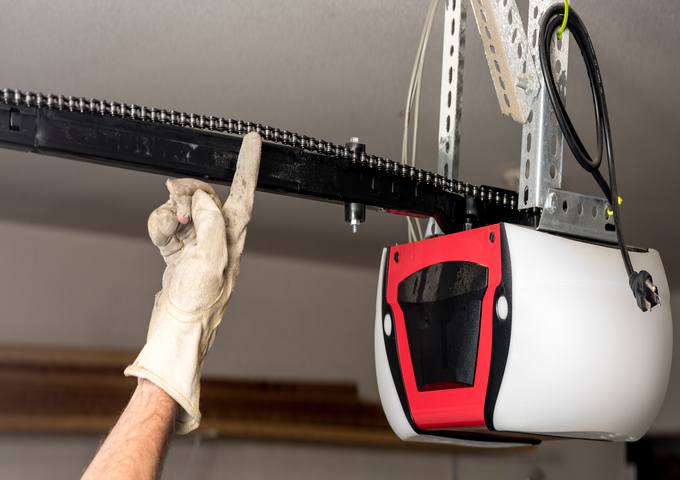
Chain-drive units are durable but noisy.
They usually retain memory, but travel can drift after an abrupt outage.
Re-run travel programming and test force adjustments carefully.
Belt-drive units are quiet and refined.
They rely on precise travel calibration.
After outages, rerun the open and close limits to keep the belt tension happy.
Screw-drive units dislike cold snaps after outages.
Lubricant thickens and mimics a force fault.
Warm the garage, then recalibrate travel and force parameters.
Wall-mounted jackshaft openers read torsion shaft position differently.
If confused after power loss, they may blink error codes.
Follow brand-specific home positions to re-index the system.
Smart openers reconnect to Wi-Fi after power returns.
If they don’t, reboot the router and the opener.
Update firmware to fix bugs that appear after electrical events.
You might ask yet again: do you have to reset garage door opener after power outage?
For these models, start small: soft reset, sensor check, and travel recalibration.
If the logic still misreads the position, perform a full factory reset.
Common Myths to Avoid
Myth: All openers auto-reset correctly.
Reality: Many need manual travel or force recalibration.
If results are inconsistent, do you have to reset garage door opener after power outage?
Yes—follow the brand’s sequence rather than guessing.
Myth: More force solves everything.
Reality: Excessive force is dangerous and masks real problems.
Fix balance and alignment first, then set minimal safe force.
Myth: If the light turns on, electronics are fine.
Reality: The lamp circuit can work while logic is corrupted.
Trust programmed tests, not the bulb.
When to Call a Professional
Call a pro if the door is off-track, lopsided, or grinding.
Springs and cables store massive energy.
Improper handling can cause severe injury.
Also call if a full reset fails repeatedly.
Persistent blinking codes or hot motors indicate deeper faults.
A technician can measure amperage, board health, and sensor voltage.
Maintenance That Prevents Post-Outage Headaches
Lubricate hinges, rollers, and the opener rail.
Use a garage-safe lubricant, not grease that gums up.
Smooth mechanics make electronics’ job easier.
Tighten track brackets and opener mounting bolts.
Vibration loosens hardware over time.
Snug parts help the opener sense travel limits accurately.
Wipe photo-eyes monthly.
Dust and webs mimic obstructions.
Consistent sensor health prevents surprise reversals.
Replace worn rollers and frayed cables promptly.
Small issues compound after an outage’s jolt.
Proactive repairs reduce error codes and resets.
Build a Power-Outage Kit
Keep the manual on a hook near the opener.
Tape a note with your opener’s Learn button location.
Add a flashlight, step stool, and spare remote batteries.
Store a small UPS or surge protector for the opener outlet.
Include a soft cloth for sensors and a lubricant can.
With these tools, post-outage checks take minutes, not hours.
Recap: What Matters Most
First, verify power, then check sensors and trolley engagement.
Perform a soft reset, test, and recalibrate travel and force.
If problems persist, factory reset and re-pair accessories.
Ultimately, do you have to reset garage door opener after power outage?
Often, yes, especially for travel and safety features.
Take it step by step, and call a pro for spring or track issues.
If your remotes go silent, do you have to reset garage door opener after power outage?
Start with re-pairing them after a soft reset.
If pairing fails, clear memory and add devices again.
If the opener hums but the door won’t move, do you have to reset garage door opener after power outage?
Yes, but also check balance and tracks.
Mechanical friction can trigger safety shutoffs that mimic electronic errors.
If Wi-Fi is flaky, do you have to reset garage door opener after power outage?
Reboot the router and opener.
Update firmware, then re-link the app if needed.
If this keeps happening, do you have to reset garage door opener after power outage every time?
Not with surge protection and backup power.
Preventive steps preserve memory and reduce future resets.
FAQs
1) Do I really need to reset after every outage?
Short outages may need only a soft reset.
If travel limits or sensors glitch, do you have to reset garage door opener after power outage?
Yes—recalibrate limits, confirm reversal, and re-pair remotes as needed.
2) Why does my opener light blink, but nothing moves?
Blink codes often mean sensor misalignment or travel errors.
Realign photo-eyes, then run travel programming.
If codes persist, do you have to reset garage door opener after power outage?
Perform a factory reset and re-add accessories.
3) My remote stopped working—what now?
Replace the remote battery first.
Then press the opener’s Learn button and re-pair the remote.
If that fails, clear memory, re-pair all devices, and retest.
4) Is it safe to pull the emergency release?
Yes, but only when the door is fully closed.
If open, support the door first.
Reconnect by closing the door and running the opener to re-engage the trolley.
5) How can I prevent this next time?
Use a surge protector and consider a small UPS.
Keep sensors clean and hardware tight.
Run periodic maintenance so resets are quick and rare.


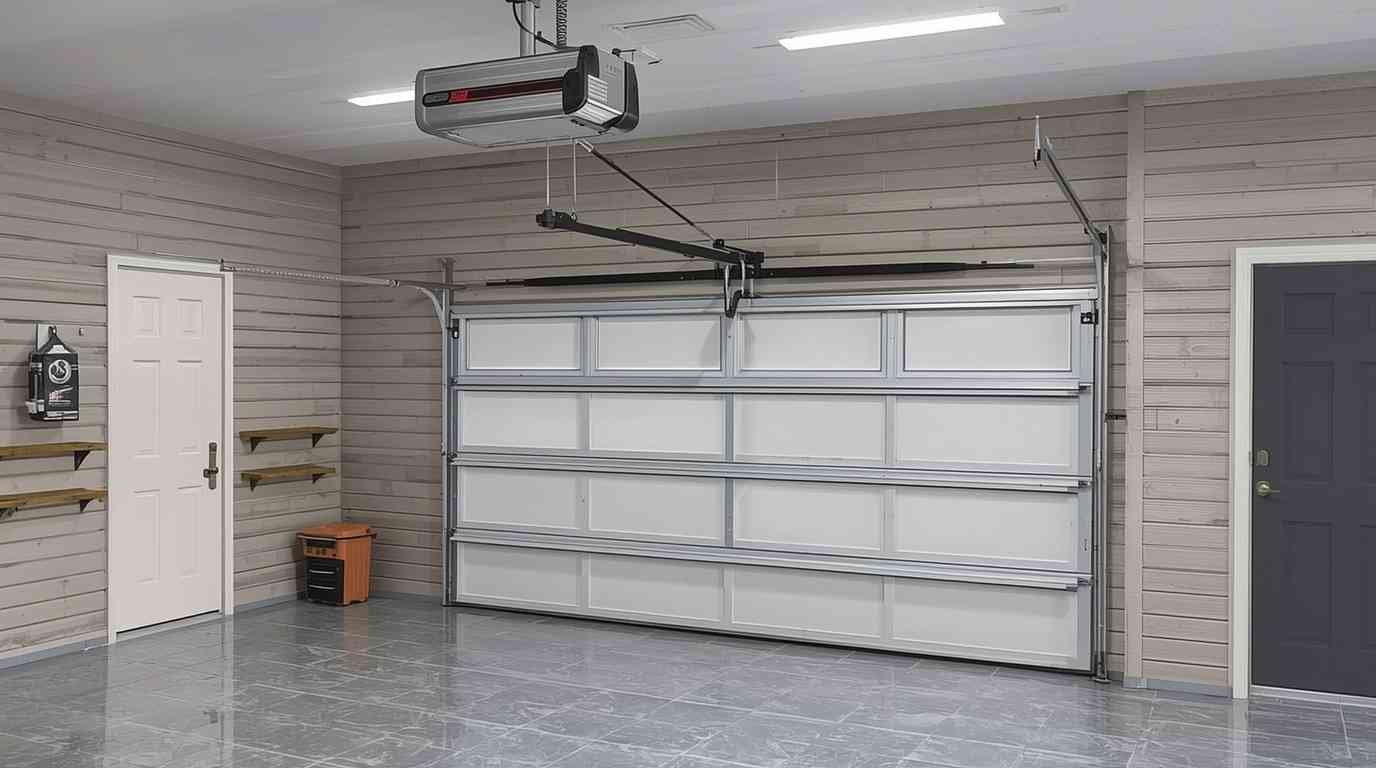


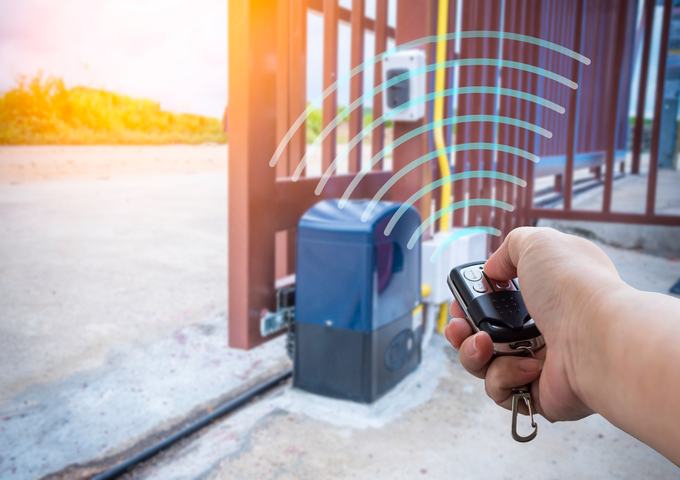

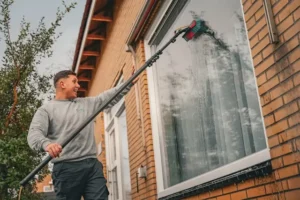


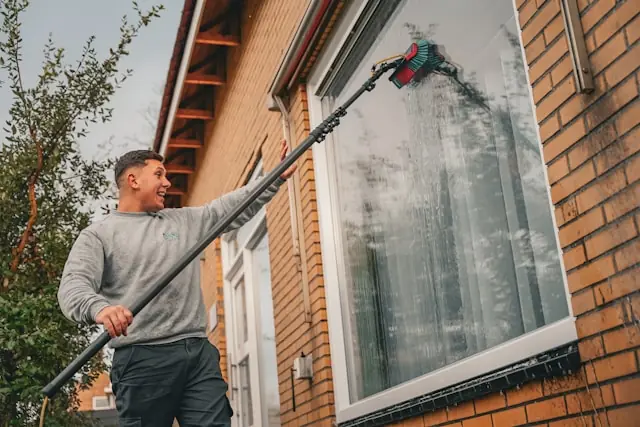



Leave a comment